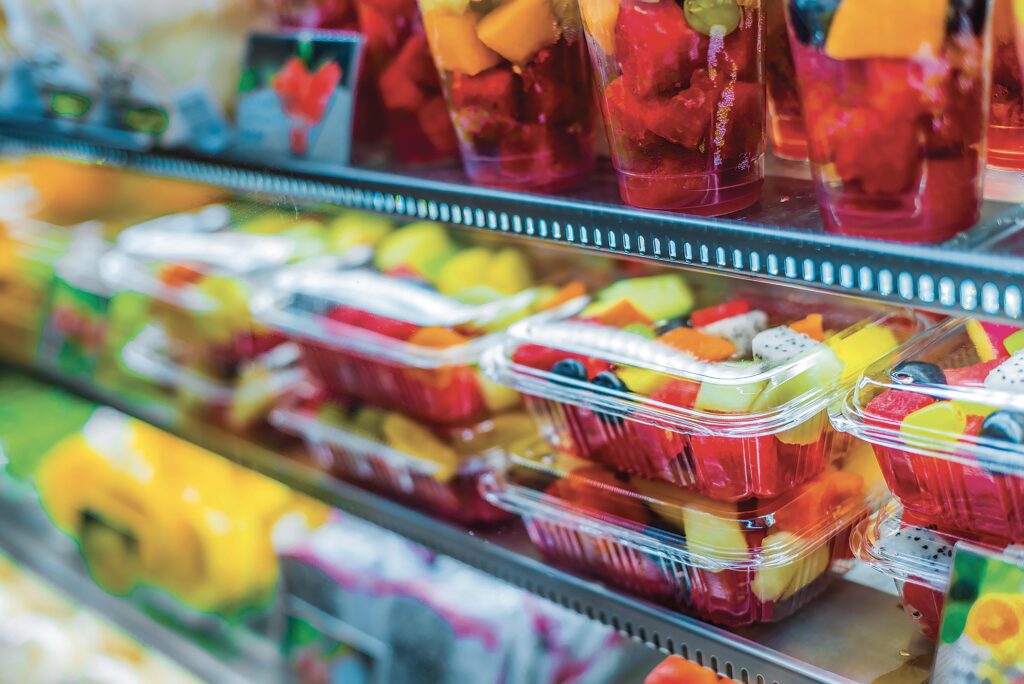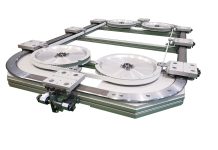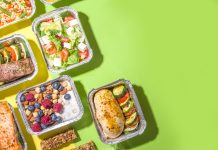 Chinese researchers have summarized in an article (Trends in Food Science & Technology 457) of the Nanjing Tech University recent advances on the applications of two-dimensional materials. Two-dimensional materials possess layered structures, and they only have single or a few atoms in thickness; however, their lateral sizes can be more than 100 nm. These are effectively nanomaterials, because their size does not exceed 100 nm, and as such they have unique characteristics that affect their physical, chemical and biological performance.
Chinese researchers have summarized in an article (Trends in Food Science & Technology 457) of the Nanjing Tech University recent advances on the applications of two-dimensional materials. Two-dimensional materials possess layered structures, and they only have single or a few atoms in thickness; however, their lateral sizes can be more than 100 nm. These are effectively nanomaterials, because their size does not exceed 100 nm, and as such they have unique characteristics that affect their physical, chemical and biological performance.
Multiple applications
In the field of food packaging, these new materials offer exciting opportunities to develop new functional materials, which can act as both active and intelligent packaging. In fact, the typical property of nanomaterials is their high surface area, from which derive high mechanical performance and barrier properties, good thermal stability, high interfacial adhesion, high antioxidant properties and finally high antibacterial activity.
All these properties of nanomaterials are well suited to those required for active packaging, which are defined as “packaging in which additional components have been included either inside or on the surface of the packaging or added to the headspace of the packaging in order to improve its performance”. Furthermore, the properties of nanomaterials are also well suited to obtain smart packages, which must allow advanced functions in terms of identification and rea-time communication of dynamic details on food quality, such as loss indicators, pH indicators, time-temperature indicators, gas sensors, smart tags and radio frequency indicators (RFID).
In fact, nanomaterials are already used as colorimetric indicators and biosensors. Two-dimensional nanomaterials already used for food packaging include nano-cellulose, metal nanoparticles and carbon nanotubes. The family of two-dimensional materials keeps growing, and graphene, some nitrides (graphitic carbon or hexagonal boron), transition metals (dichalcogenides, carbides and nitrides), and finally the layered double hydroxides have been extensively studied.
The most reported two-dimensional material for food packaging is graphene, consisting of a monolayer of carbon atoms that has a single atom in thickness. Thanks to its structure, graphene has all the properties of the nanomaterials mentioned above, in particular very high mechanical properties with a Young’s modulus of approx. 1Tpa, fracture strength of approx. 125 Gpa, theoretical elongation at break of approx. 125 Gpa, elastic modulus of approx. 1 Tpa, which means that it can be stretched up to 20% of its length.
In addition to this, graphene offers high transparency, high water-barrier properties, high thermal conductivity and finally a strong antibacterial activity, because it is likely to permeate cell membrane and abstract massive amount of phospholipids.
Graphene
The discovery of graphene in 2004 has triggered the surging exploitation of two-dimensional materials in diverse sectors, and, in particular, in food packaging. For instance, in the field of functional materials, graphene is used to construct preservative emitters or to build new devices for intelligent packaging. Graphene can be coupled with polymers to enhance their barrier, thermal, antibacterial and mechanical properties.
Among these, the gas barrier properties are particularly important because they the use of graphene instead of common metallized films, which, as is well known, are difficult to recycle and integrate into the circular economy. Recent studies demonstrate that graphene and its derivatives are capable of enhancing the barrier properties of food packaging materials, as 1) ethylene-co-vinyl alcohol (EVOH) and 2) poly (vinyl alcohol) (PVA) as specified below.
1) EVOH has good oxygen barrier and mechanical strength, and therefore it is widely used in food packaging. However, EVOC shows poor moisture barrier property. This issue has been addressed by coupling it with graphene in a kind of MTAC-rGO/EVOH multilayer film, containing EVOH, reduced graphene oxide (rGO) and MTAC, which is an intermediate used commonly to produce polymers. Reduced graphene oxide (rGO) is in all respects graphene, but it is prepared from graphene oxide in a process that can also be carried out on a large scale.
The incorporation of rGO in EVOH has allowed the development of multilayer films. This incorporation prolonged the path that water molecules need to go through to go beyond the material. This entails a good moisture barrier property (0,019 g m-2 s-1 atm-1) under a relative humidity of 99% and a good oxygen barrier property (0.07 cm3 m-2 d-1 atm-1). In addition, this material shows higher mechanical properties than bare EVOH; the Young’s modulus and tensile strength were respectively 190% and 30% higher. This composite film also exhibited good antibacterial activity and low cytotoxicity to HeLa cells. It ’ was proved that PLA-rGO films significantly extend the shelf-life of edible oil and potato chips.
2) Adding 0.3 wt% or 2.0 wt% graphene oxide (GO) into poly (vinyl alcohol) (PVA) not only increased the PVA’s mechanical property, but also improved its barrier property. In particular, the oxygen permeability was decreased by 36% and 76% because of the addition of 0.3 wt% and 2.0 wt% GO. Having a lower oxygen permeability, PVA-GO films were quite useful for retarding the ripening process of banana, which is dramatically reduced when oxygen levels decrease.
In conclusion, an increasing number of studies have proven the versatility of two-dimensional materials in food packaging. However, the potentials of these materials are still not fully explored. For the most reported graphene and its derivatives, there are still some aspects to be studied before they are commercially viable, such as costs, consumers’ acceptance, migration behaviours, including the concepts of toxicology and eco-toxicology.
References: Y. Yu et al., Trends in Food Science & Technology 110, 2021, 443–457.



